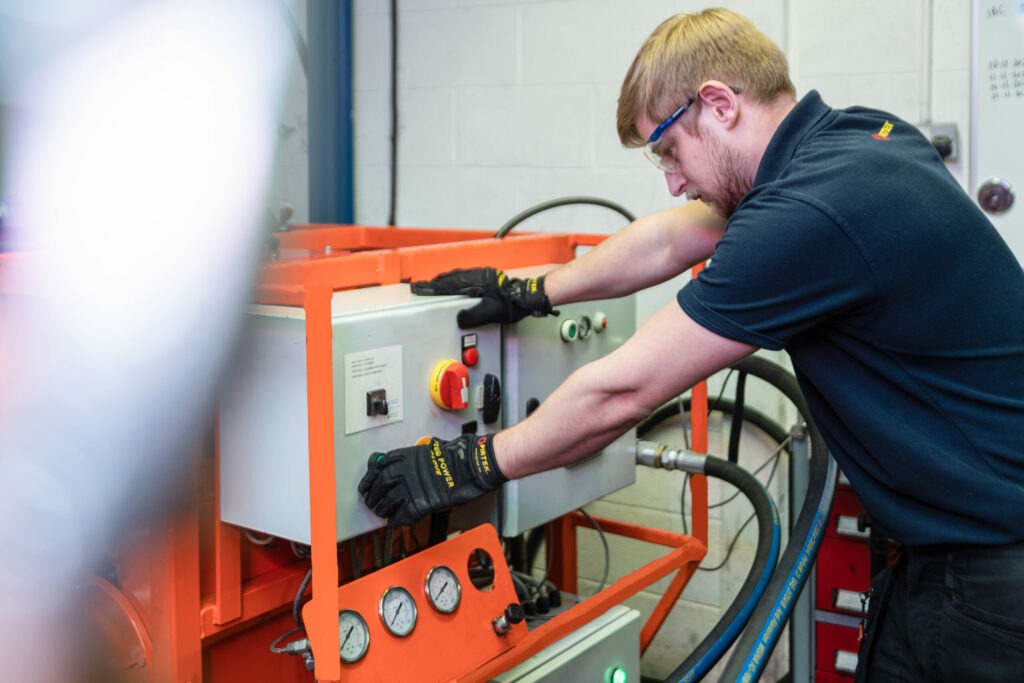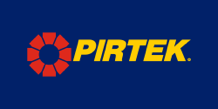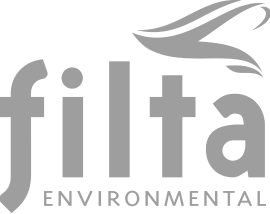Understanding hydraulic hose cleaning is an important process. Preventing debris and contamination from entering a hydraulic system is an important part of maintaining its health and keeping hydraulic powered machinery moving. Here, we explain a little more about the hydraulic hose flushing process and why this is carried out.

What is hydraulic hose flushing?
Hydraulic hose flushing is a process of removing contaminant from the inner bore of a flexible hose or rigid tube that could lead to system component damage and/or operational issues.
During the hose flushing process, turbulent flow must be achieved with high velocity and low dynamic density fluid with a calculated Reynolds Number >4000, the process is deemed satisfactory once the target ISO 4406: cleanliness levels are reached, verified by a laser particle counter. The target cleanliness count would normally be based on the requirement of that of the most sensitive component within the hydraulic system.
When should you flush a hydraulics hose?
Flushing a new hose assembly ensures that any contamination with the potential to endanger the performance of hydraulic machinery is dispersed and removed. Hydraulic powered systems are extremely sensitive to variance, and even the smallest amount of debris left unchecked could result in a system breakdown that takes your business offline and causes costly downtime.
Hose flushing effectively ensures a hose achieves the required cleanliness levels set by the manufacturer or most sensitive component within the system and that, in some instances, even new oil should be filtered to the same ISO 4406: level.
On-site hose cleaning
What if a custom hose assembly is made on site by a technician on a van, without access to a flushing rig? In that case, the most efficient and, therefore, most popular way of doing this is by blowing a foam cleaning projectile through the hose using a special pneumatic air gun connected to a compressed air unit. This technique is referred to as hydraulic hose projectile cleaning.
The manufacturers of these cleaning systems claim that hose cleanliness levels as good as ISO 4406 13/10 are achievable. But the results achieved depend on a number of variables, which include using a projectile of the correct diameter for the hose being cleaned, whether the projectile is used dry or wetted with solvent, and the number of shots fired. Generally, the higher the number of shots, the cleaner the hose assembly. Furthermore, if it is a new hose that’s being cleaned, the projectile cleaning should be done before the ends are crimped on.
Is hydraulic hose flushing a standard part of the manufacturing process of hose assemblies?
Hydraulic hose flushing plays an important role in keeping hydraulic systems moving and reducing the risk of a hydraulic hose breakdown.
This is because the hydraulic fluid passing through a hose naturally degrades over time, and when this occurs it results in sludge, varnish and other microbes contaminating the system. A non-urgent hose flushing service, at a time that doesn’t impact your business, is the most effective way to tackle hydraulic fluid degradation.
Just as with removing construction debris from a newly installed hose, hydraulic hose flushing washes through these naturally occurring deposits, helping to maintain the health of the hydraulic systems for longer.
Is hydraulic hose flushing a specialist job?
Yes, flushing a hydraulic hose is a multifaceted and complex process, not to be undertaken by anyone without specialist knowledge of hydraulic powered systems and without the necessary specialist equipment.
The type of hydraulic fluid a system runs on, as well as the density, material and construction of a hose all have a bearing on the viscosity of the fluid needed to flush through a hydraulic system, together with the velocity at which pressure should be applied.
Attempting to self-flush a hydraulics hose without this knowledge, nor the required equipment is liable to damage the hose, not to mention potentially cause physical harm or injury. The best approach if you need to flush a hydraulic hose is to engage a hydraulic hose specialist. They’ll be able to safely execute the procedure to approved health and safety standards, relieving you of the responsibility for your hose maintenance.
At Pirtek we offer dynamic hose flushing and fluid analysis as standalone services or as part of our Total Hose Management package. To find your nearest Pirtek centre in the UK or Ireland, use our free postcode checker or call us today on 0800 38 24 38.





Select a country